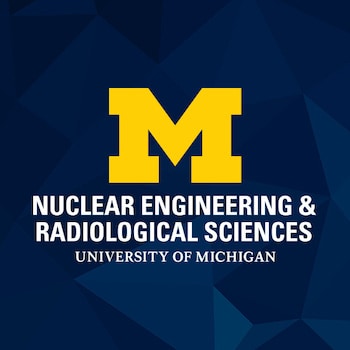Location
1906 Cooley
Phone
Research Interests
Dr. Hammig’s scientific work is currently focused in three areas: 1) nanostructured semiconducting materials for enhanced photonic and particle sensing , 2) stochastic systems’ research, and 3) photonic devices. His current projects include: a) the detection of high explosives using neutron interrogation, b) the imaging of the radiation-induced electron cloud using silicon detectors, c) the investigation of charge-carrier transport through condensed matter, d) mitigating the noise in electrical oscillators via active control, e) the study of optical-solid interactions with applications for photonic thrusting, f) the development of high-resolution, low- cost radiation detectors comprised of lead and cadmium chalcogenide semiconducting materials, and g) long-range detection of nuclear materials using laser-based interrogation of the surrounding air.
Radiation Measurement & Imaging
Education
University of Michigan
PhD ’05
MS ’98
California Institute of Technology
BS Hon. ’94
Education
Awards
- Distinguished Dissertation Award (at the Univ. of Michigan) 2005
- McIvor Award Winner (at the Univ. of Michigan) 2005
- Rackham Predoctoral Fellowship Recipient (at the Univ. of Michigan) 1998-99
